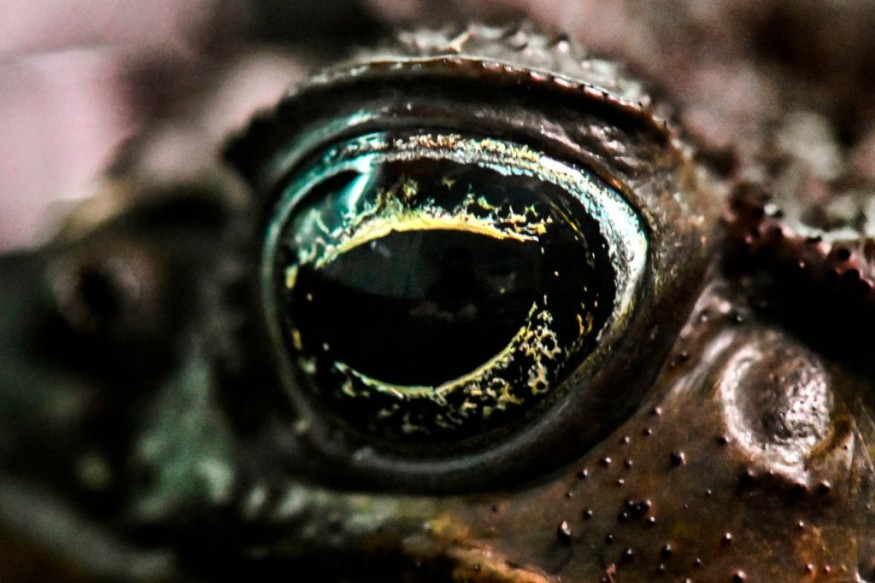Ancient bacteria DNA over 500 million years ago that integrated with the DNA of the earliest vertebrates may have paved the way for the evolution of human vision, according to a new study led by researchers led by researchers in the United States.
While previous research points out the potential development of the first eyes among animals during the Cambrian Explosion, the new findings explain exactly how.
For centuries, scientists have been mystified as to the exact origin and biological mechanism that led to the emergence of the sense of sight which is possessed not only by humans and other animals, including mammals, insects, as well as other vertebrate and invertebrate animals.
Even the English naturalist Charles Darwin was reportedly unable to explain how the eyes came out into existence.
Based on the new research paper, scientists explain how the "accidental" transfer of ancient bacteria gene to a prehistoric animal, which has been reported to be the ancestor of all living vertebrates, including humans, of today.
The findings do not assert that such gene is necessary for the evolution of vision.
However, it is possible that our sight would not exist if not for the ancient bacteria DNA.
Ancient Bacteria Gene

In a new study published in the journal Proceedings of the National Academy of Sciences in August 2022, researchers from the Department of Molecular Biology at University of California linked the bacterial origin of the evolution of the vertebrate eye.
The research team highlighted that explaining the evolution of the eye since Darwin's time has been a challenge in the field of evolutionary biology.
The team described the significant contribution of bacteria to the vertebrate eye's evolution, which was made possible through the interdomain horizontal gene transfer.
This belongs to a bacterial gene that allowed the rise of vertebrate-specific interphotoreceptor retinoid-binding protein, also referred to as vertebrate IRBP.
The study defines IRBP as a "highly conserved and essential retinoid shuttling protein," which came from an ancient bacterial gene that was received, duplicated, and alter along with the evolution of the vertebrate type of eye more than 500 million years ago.
Tracing Human Gene Evolution
The new paper is based on the fact that bacteria are known for swapping genes.
However, vertebrates can also incorporate microbial genes.
In particular, it expended a previous discovery back in 2001 when the first human genome was sequences.
At that time, scientists believed it contained about 200 bacteria-derived genes but could not determine the origin of some, according to the American Association for the Advancement of Science.
The gene likely allowed the evolution of lenses that focuses on light.
According to The New York Academy of Sciences, lenses are made up of remarkable molecules known as crystallins, which are one of the most specialized proteins inside the body.
© 2025 NatureWorldNews.com All rights reserved. Do not reproduce without permission.





